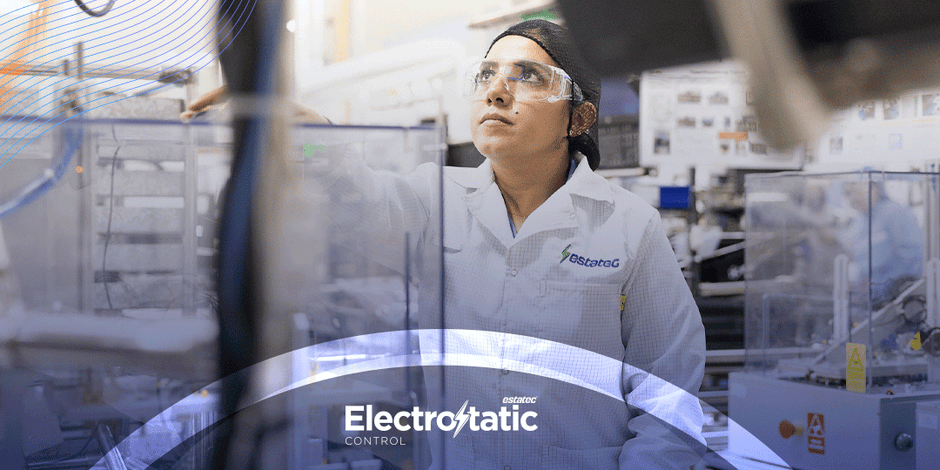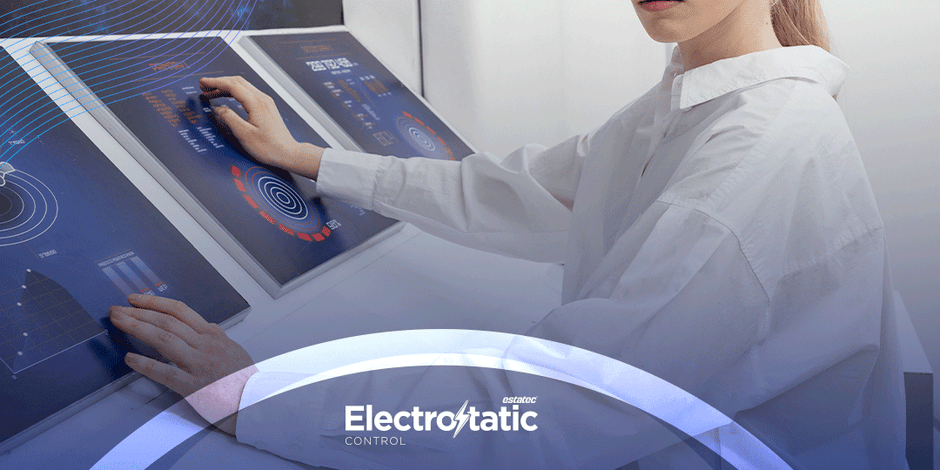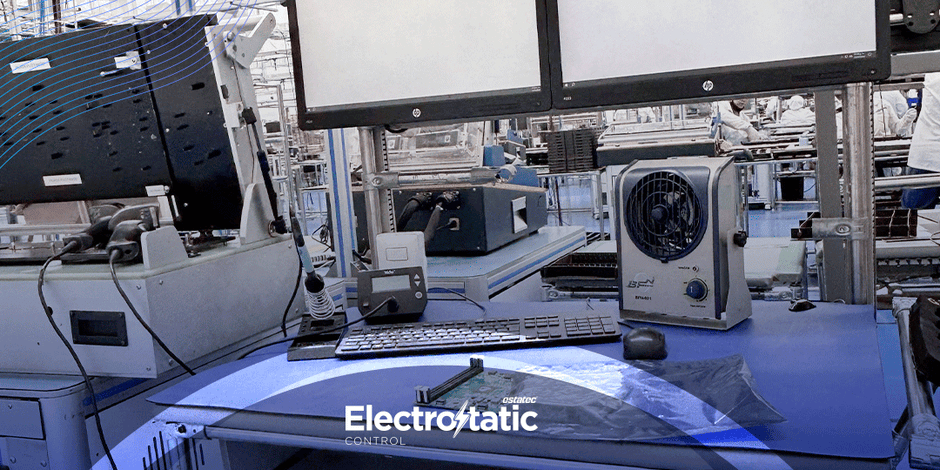Electrostatic discharge (ESD) can be a silent saboteur in cleanroom environments,
where even a minuscule discharge can compromise sensitive electronics and
delicate processes. Facility managers and decision-makers must ensure that their
cleanrooms adhere to stringent industry regulations while maintaining operational
efficiency. Selecting the right ESD solutions is paramount, but the process can be
daunting without the proper guidance.
Before delving into the specifics of ESD solutions, it is crucial to understand the
regulatory landscape. Industry standards such as ANSI/ESD S20.20 in the United
States and IEC 61340-5-1 globally provide comprehensive guidelines for ESD
control. These standards outline the necessary measures to mitigate ESD risks,
covering everything from flooring and work surfaces to personal grounding
equipment and ionization.
Compliance with these standards ensures the protection of sensitive equipment and enhances the reliability and longevity of your cleanroom operations. Regular audits and assessments are essential to verify compliance and identify areas for
improvement. By adhering to these guidelines, facility managers can create a robust framework for ESD control.
Every cleanroom has unique requirements based on its size, the nature of the
operations conducted, and the specific sensitivities of the equipment used.
Conducting a thorough assessment of your facility is the first step in selecting
appropriate ESD solutions. Consider the following factors:
● Type of Equipment and Materials: Identify the equipment and materials in
your cleanroom that are most susceptible to ESD damage. This includes
semiconductor devices, printed circuit boards, and other electronic
components.
● Environmental Conditions: Evaluate the temperature, humidity, and airflow
within your cleanroom. These factors can influence the effectiveness of ESD
control measures. For instance, lower humidity levels can increase the
likelihood of static buildup.
● Workflow and Layout: Analyze the workflow and layout of your cleanroom.
Areas with high foot traffic or frequent material handling may require more
robust ESD controls.
By understanding these requirements, you can tailor your ESD solutions to fit the
specific needs of your facility, ensuring optimal protection.
With a clear understanding of industry regulations and your facility’s requirements,
you can now focus on selecting the appropriate ESD solutions. Here are some key
areas to consider:
The right flooring is fundamental to effective ESD control. ESD flooring options
include conductive and dissipative flooring materials, each serving different
purposes. Conductive flooring provides a low-resistance path to ground, quickly
dissipating static charges, while dissipative flooring offers a higher resistance,
controlling the discharge rate.
When choosing ESD flooring, consider the following:
● Durability: Select materials that can withstand the demands of your cleanroom
environment, including chemical resistance and ease of maintenance.
● Installation: Ensure that the flooring installation adheres to ESD standards,
with proper grounding and sealing.
● Performance: Evaluate the flooring’s ability to maintain its ESD properties
over time, especially under varying environmental conditions.
● ESD Workstations
● Workstations are critical areas for ESD control, as they are where most
hands-on work occurs. ESD-safe workstations should include grounded work
surfaces, static-dissipative mats, and proper grounding points for personnel.
When setting up ESD workstations:
● Surface Materials: Use static-dissipative or conductive materials for
benchtops and mats. Ensure that all surfaces are properly grounded.
● Grounding Accessories: Equip workstations with wrist straps, heel grounders,
and grounding cords to protect personnel and equipment from static
discharge.
● Ionization: In areas where static buildup is significant, consider using ionizers
to neutralize static charges in the air and on surfaces.
● Personal Grounding Equipment
● Personnel are often the most significant source of static electricity in a
cleanroom.
Proper grounding equipment, such as wrist straps, heel
grounders, and conductive footwear, is essential to minimize ESD risks.









